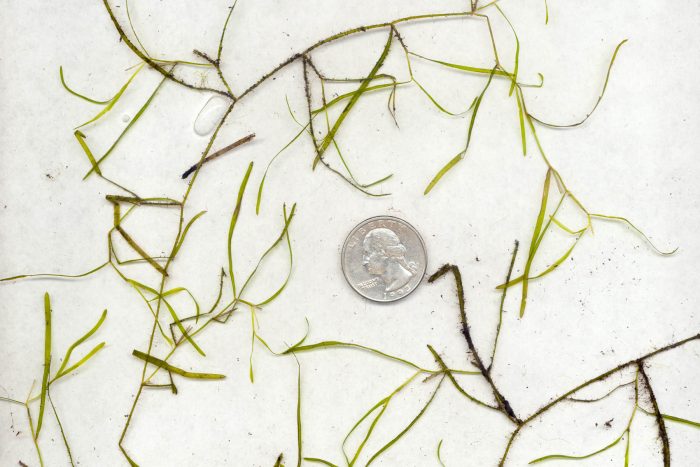Slender Pondweed
Potamogeton pusillus
Slender pondweed is an underwater grass with long, thin, grass-like leaves along slender, branching stems. It grows in quiet, fresh to slightly brackish creeks, rivers and other tidal tributaries throughout the Chesapeake Bay watershed.

